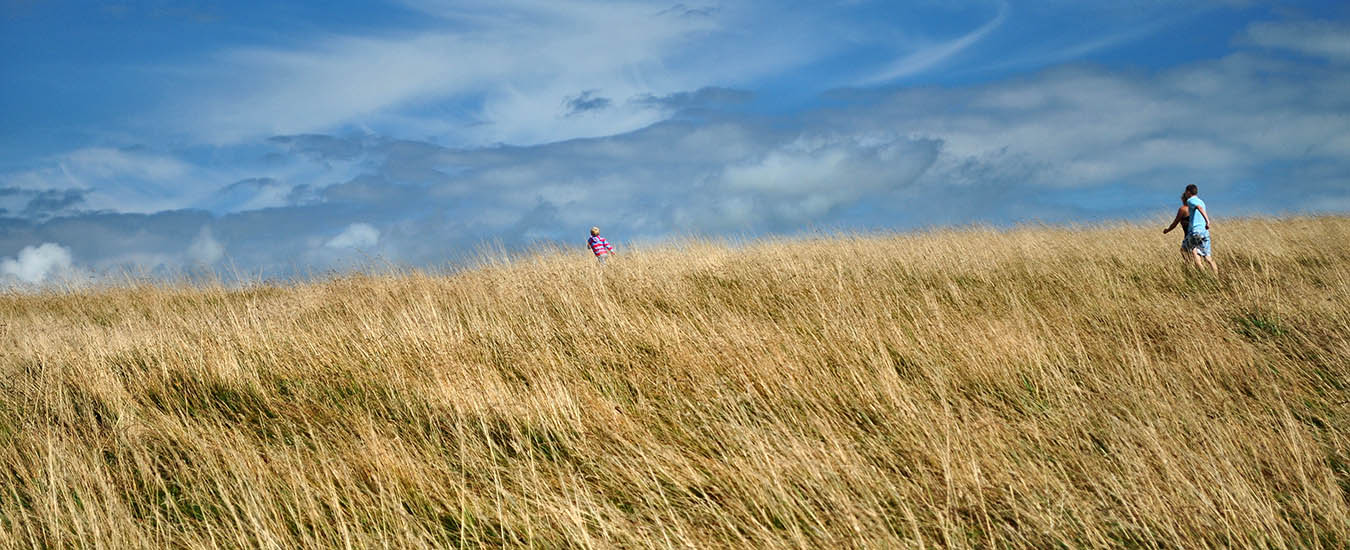The discipline and craft of New Brunswick artist Freeman Patterson
Creation is the original sacred text. Long before there was a Bible, or a Koran, or any other scared document, human beings “read” nature and gleaned from it the useful guidelines they needed to live effectively in their surroundings. They “felt” their connection.
Creation is still a sacred text, because what it has to tell us is so fundamental that we neglect it at our peril or pay attention to it with incredible reward.
~ Freeman Patterson
Like dials on a camera, life is a series of turning points.
Freeman Patterson grew up on a farm in rural New Brunswick. Although he yearned to learn how to play the piano, boys were expected to do useful things; that privilege was reserved for his sister. “It wasn’t considered something a boy needed to learn. I also wanted to have a flower garden, but my father went out of his way to discourage that,” Freeman says, “Yet the aesthetic bent was there, and it was nurtured in very quiet ways by my mother.”

Fast forward to 1959. Freeman performed so well in his academic studies while completing an honours bachelor degree (Philosophy) at Acadia University that he was offered a Rockefeller Scholarship and enrolled in the Union Theological Seminary at Columbia University in New York.
At the beginning of the school year, all new students had to take some tests, including a vocational test. Freeman recalls the conversation he had with the dean of psychology as she reviewed the results. “These show, Freeman, that you should be looking at a career in music. Let’s not take this too literally, but this profile strongly indicates that you should be following a career in the arts,” she told him.
“I just couldn’t believe it! This just gave me permission.”
The trained eye
While attending Union, in order to have a little cash to augment his scholarship, Freeman taught two afternoons a week at a Quaker school in Brooklyn. There, he met a couple of teachers who were keen amateur photographers. Realizing his interest, they introduced Freeman to Dr. Helen Manzer, a master artist in the world of photography and design. He registered for one of her courses that focused on “making pictures,” as opposed to “taking pictures.” He was smitten.
“My eye for design had actually been developed as a young person around the farm. When you’re weeding 50 rows of potatoes it’s terribly boring, so you have to be engaged. I was looking at webs, dew drops, even at the potato bugs. You see a lot of things. It becomes automatic.”
The budding photographer loved the discipline and demands of the craft. He learned not only the requirements of lighting and how to apply elements of design, he also discovered he could click into his imagination in ways he never knew were possible.
Like an open door, it was an invitation to explore what lay beyond, which, in turn, led him to submit Still Photography as a Medium of Religious Expression for his master’s thesis.
Eventually, he became a professional photographer. He also developed and delivered photography workshops which became another hallmark of his career. In the process, Freeman discovered the camera looks both ways. “What a photographer chooses to shoot says as much about the photographer as it does about what is captured through the lens.”
Nurturing creativity
Freeman’s work celebrates life and embraces creation. Yet he’s not big on technology. He respects it, but it neither rules nor governs his life. “Technology is inert. It’s the person who brings spirituality and creativity to the work. Leonardo da Vinci didn’t have Photoshop, yet we still revere his work. And who cares if Margaret Atwood wrote her book with a laptop, typewriter or pencil? It’s the person who brings creativity to the tool. So we need to develop our sense of awe and wonder.”
For the 78-year-old artist, it’s all about seeing. He also believes that creativity is the ultimate gift. “We are co-creators with God. Our job is to nurture our creativity.”
Freeman has honed the ability to create, in any season, from any location on the planet. But he tucks in with a smile, “I’ve maintained for a long time that the Almighty created the southern hemisphere to apologize for having created the Canadian winter. I accept that apology. So now I work in Australia, New Zealand and South Africa during the winter. But I come back to Shamper’s Bluff in New Brunswick every spring.”
Although some places seem to make it easy for us to be present—like Shamper’s Bluff and the Richtersveld for me, perhaps the core of a large city for others—I have come to realize that “home” is not a place of residence, but the state of being present. It is more a spiritual reality than a physical one.
No doubt the spirits in Shamper’s Bluff dance a jig when March 21st comes around, knowing that within a few days, Freeman will be back doing what he does best—seeking beauty, listening, and making beautiful pictures.
